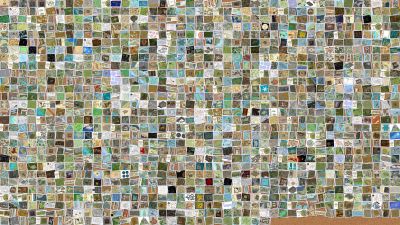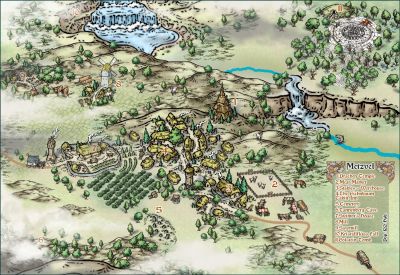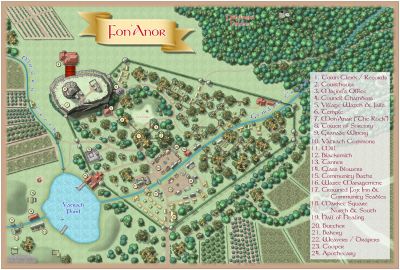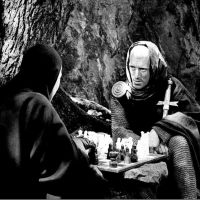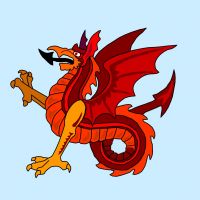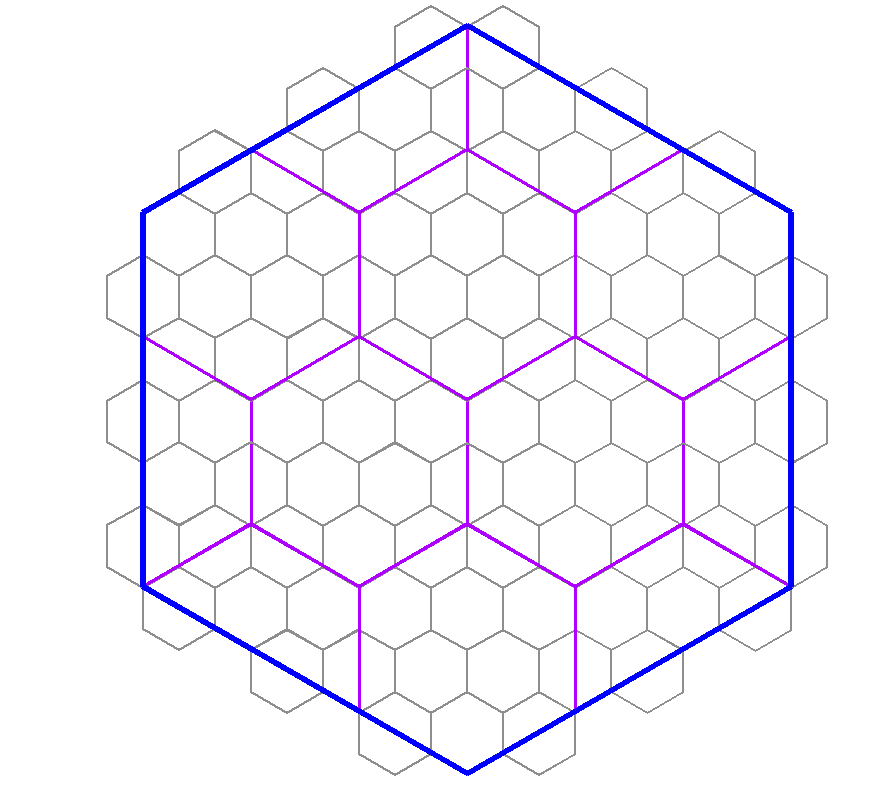
Monsen
Monsen
About
- Username
- Monsen
- Joined
- Visits
- 660
- Last Active
- Roles
- Administrator
- Points
- 8,858
- Birthday
- May 14, 1976
- Location
- Bergen, Norway
- Website
- https://atlas.monsen.cc
- Real Name
- Remy Monsen
- Rank
- Cartographer
- Badges
- 27
-
Lumadair and the Caves of Dread (Pencil Sketch annual)
There shouldn't be a max limit, but I have currently set it to 25 images per page so people with slower or metered connections can still use the albums without having the entire internet thrown at them at once.
But I noticed that the gallery page itself seems to lack page navigation controls, so everything beyond the 25th gallery get hidden. Seems like something the coders of the gallery plugin forgot about and nobody noticed before now. All the galleries are there, but they're not accessible. I'll try to figure out a way to fix it when I get some time.
-
Community Atlas 1000th Map Competition - The Winners
As it quite obvious, I am way behind in adding these to the atlas. Sorry for that, but I have had and still do have other things taking up my time as well.
But, I did manage to at least process the winning maps today (Except Lorelei, which need an intermediate map before I can add hers), and I assigned the badges to the winners.
-
Please help with hex map scales...
Also, how do I know how big the hex is? Do I measure edge to edge? Top to bottom?
In CC3+, the size of the hex is measured edge to edge. (For a horizontal hex grid, that would be the same as top to bottom, since edges are at the top and bottom). [This means that the corner to corner size will be 1,15 times larger than the specified hex size]
The scale really depends on how detailed you want your world. Hex mapping, by it's nature, do make the detail level a bit simpler for a map. Hexes are also a bit problematic when you want different sizes, because you can't easily line up hexes inside a hex like you can with squares. But the best number is if you use a difference in scale that is a multiple of 3. (As such, your example of using 6 miles, then 24 miles doesn't work too well, because 24 is 4 times 6, and 4 is not a multiple of 3). As long as you use a multiple of 3, you should be able to have a tiling that only includes full and half hexes, as per my diagram below, and corners will line up with each other. (so 6 and 36 would be appropriate values for the two scales in your example)
As for the whole world scale, just continue multiplying by numbers that are a multiple of 3 and establish a size that feels comfortable for you. Generally, I would be very of any size that leaves more than a 100 hexes in any direction, but if you use 36 for regional areas, you could consider 216 for continents and 648 for world size. Those sizes would line up nicely with each other.
But, then there is the big question, do you even need them to line up properly like this? If you map each map individually, then you might not ever have the larger hexes of the regional map be a factor at all when making local maps. Sometimes, the value of having hexes of nice round sizes can be much more beneficial for the current map. Hexes for the main map could be 250 or 500 miles, continents could be 100 miles, regional ares 25 miles, etc. Unless the maps are going to be directly overlaid each other, you probably aren't actually going to need hexes that lines up with bigger scale maps. But of course, this is up to your own needs and desires.
-
A small carpenter store
To set that off I can simply rotate the Grid and the image in opposite directions and will technically not fit anymore
True, but designing things around a grid in the first place tends to have some artificial implementations, like all the corridors being exactly the same width, all rooms being a multiple of 5' (or whatever grid size is used) and so on. This often leads to features being oversized (Corridors in my home is not 5' foot wide for example, even allowing for wall widths). I enjoy the organic feelings of a building not designed to such artificial limits.
The way you did the angled corners for both the fence and the walls, and the nice angled placement of the big table and a lot of other stuff do go a long way to combat this look though.
But please don't let these comments distract from the map. It is a nice and well-made map, and for battlemap use, you often need to allow for some artificiality.
-
A small carpenter store


